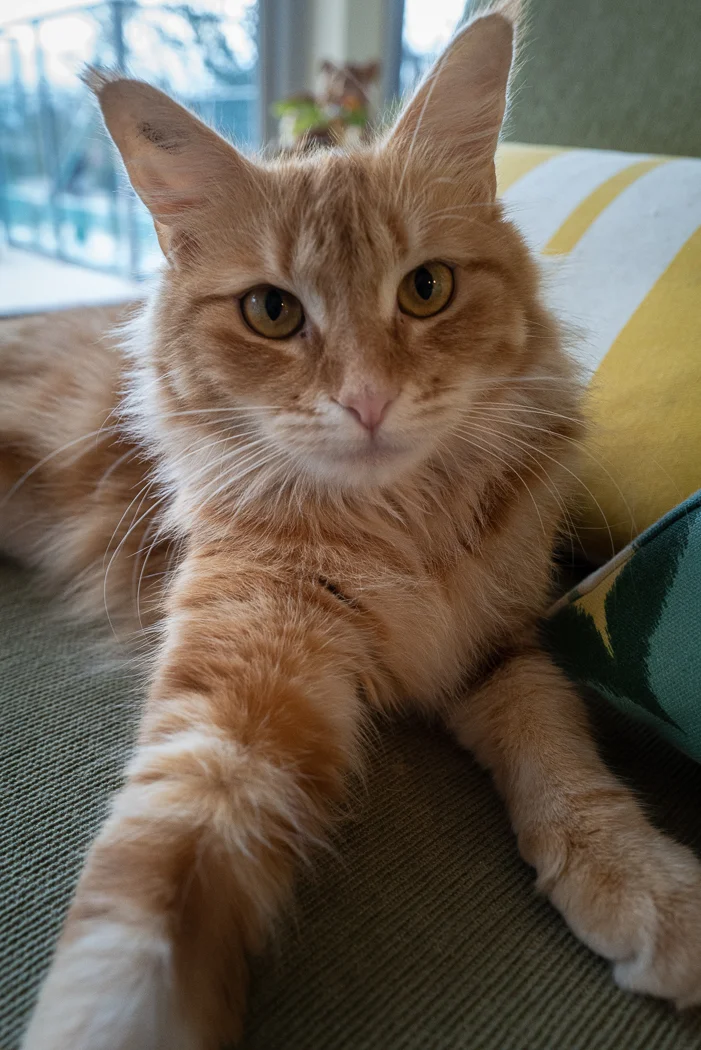In 1967 Val, my then girlfriend and later wife, and I were members of a university expedition to the Svartisen Glacier and Beiardalen, a remote valley, north of Mo I Rana, inside the Arctic Circle in northern Norway.
The valley had only been accessible by sea until 1965 when a road was built connecting the valley to a road connecting to Bodo to the north and Mo I Rana to the south.
We travelled from Newcastle in the UK to Bergen and then up the coast on the Hurtigruten coastal steamer to Mo I Rana. Back then the coastal steamer was not the cruise ship it is today. It was the cargo and mail boat for the coast of Norway and it carried supplies and locals to towns and villages. Our boat even carried a coffin which was unloaded late one afternoon in a small settlement-one Norwegian's last voyage. The journey took a few days and when we reached Mo I Rana the expedition truck was there to take us over the mountains to the valley.
A small group of us camped in an old school house in the valley for 6 weeks doing the fieldwork for our theses.The main group of the expedition went up on to the Svartisen Glacier to do their fieldwork.
I have very fond memories of that time in Beiardalen. The locals were very welcoming and very curious about their visitors.
The small group of us got on very well together.We found time to do our fieldwork and to explore the stunningly beautiful valley and climb up into the surrounding mountains. We were very fit. We had no transport as the truck had gone over the mountains with the glacier group so we walked long distances. It was all dirt roads and there was virtually no traffic.
The valley was idyllic. Norway was still a poor country then-the oil wealth came later-but the people in the valley seemed content. We went fishing with the locals and we were literally standing on the beach casting a line and pulling a fish in on every cast. They were most likely herring. We cooked them on a wood fire on the beach. It was light at midnight. It was the best of times. I often think about going back there to see how it has changed but sadly my chance has probably passed.
After we ended our time in Beiardalen Val and I travelled to Oslo from Mo I Rana by train and hitchhiking and camping along the way. Amazing to think that we carried all our clothes for the time we were away plus our supplies and camping gear on our backs. From Oslo we travelled by overnight ferry to Copenhagen and then by train to the Hook of Holland and ferry to Harwich.
Below is a selection of Kodachrome slide photos from that wonderful time. They were taken by Val and I discovered them amongst hundreds of slides this week. They were taken on a Ricoh Auto Half half frame format camera.
Half frame was a format which enjoyed a short period of popularity in the 1960s and 1970s. It used standard 35mm film but each frame was half a 35mm frame so it gave 72 exposures on a standard 36 exposure cassette or 40 exposures on a 20 exposure cassette. The big appeal of the format was its lower cost however it required a half frame slide projector to project the slides and as the film ran horizontally in the camera and the format was an upright portrait format you had to turn the camera through 90º to take conventional horizontal/landscape format photos. Many people found this inconvenient and counter intuitive. The Ricoh Auto Half used byVal was almost square so it was much less of an issue for her.
The Kodachrome film used for these photos was only 10º ISO and it had very little latitude so taking a properly exposed photo with the Ricoh with its basic light metering system was not easy and almost a matter of luck. Sadly many of Val's slides are underexposed and cannot be recovered in scanning. However the ones I have managed to scan succesfully are very evocative of that great time.






















































